Natural Wonders of Africa: From Safaris to Mountains
Africa is a land of unparalleled beauty and natural diversity, offering some of the most breathtaking landscapes and ecosystems in the world. From its sprawling savannas teeming with wildlife to majestic mountain ranges, vast deserts, and lush rainforests, Africa is a treasure trove of natural wonders. These iconic landscapes and ecosystems not only attract tourists and adventurers from around the globe but also play a crucial role in the continent’s ecological balance and cultural heritage.
The continent’s natural diversity is as varied as its many nations, and it encompasses more than just safaris and wildlife. Africa’s geography, with its towering mountains, expansive plains, rolling rivers, and stunning coastlines, has shaped the civilizations that call it home. Each natural wonder tells a story — of evolution, survival, and the deep relationship between nature and humanity. In this post, we will explore some of the most extraordinary natural wonders that Africa has to offer, from its world-famous safaris to its towering mountains, deserts, and more.
The Great African Safari Experience
When many people think of Africa, their minds immediately turn to safaris — the quintessential African experience that allows visitors to witness the continent’s famed wildlife in its natural habitat. A safari is not just about seeing animals; it is about immersing oneself in the untamed wilderness, where humans are mere spectators to the drama of survival that unfolds every day.
The Serengeti National Park (Tanzania)
The Serengeti National Park in Tanzania is perhaps the most iconic safari destination in Africa, renowned for its vast plains and incredible concentration of wildlife. The Serengeti is best known for the Great Migration, an annual event where over 1.5 million wildebeest, along with hundreds of thousands of zebras and gazelles, journey across the Serengeti in search of fresh grazing land. This migration is one of the most impressive natural spectacles in the world, with predators such as lions, cheetahs, and crocodiles waiting to strike at the migrating herds.
The Serengeti’s landscape is defined by open savannas dotted with acacia trees, kopjes (rocky outcrops), and the Grumeti River, which the animals must cross during the migration. The park is home to Africa’s “Big Five” — lions, leopards, elephants, buffaloes, and rhinoceroses — as well as countless other species, making it a must-visit destination for wildlife enthusiasts.
Kruger National Park (South Africa)
Another world-renowned safari destination is Kruger National Park in South Africa. Kruger is one of the largest game reserves in Africa, covering nearly 20,000 square kilometers. It is home to an astonishing variety of wildlife, including more than 500 bird species and 150 mammal species, including the Big Five.
What makes Kruger particularly attractive to tourists is its accessibility and well-developed infrastructure. Visitors can explore the park on guided game drives, walking safaris, or even self-drive tours, providing a range of options for experiencing the wilderness. Kruger’s diverse landscapes, ranging from dense bushveld to open grasslands, provide an ever-changing backdrop for wildlife sightings.
The Okavango Delta (Botswana)
The Okavango Delta in Botswana is a unique and stunning natural wonder, often referred to as the “Jewel of the Kalahari.” This massive inland delta is created by seasonal flooding from the Okavango River, which flows into the arid Kalahari Desert and transforms it into a lush oasis teeming with life.
The Okavango Delta is one of the best places in Africa to experience water-based safaris. Visitors can explore the delta in mokoros (traditional dugout canoes), gliding through the maze of channels and lagoons while observing hippos, crocodiles, and countless bird species. The delta’s rich ecosystem supports a wide range of wildlife, including elephants, lions, leopards, and rare species like the African wild dog. The Okavango Delta is a UNESCO World Heritage site and one of the most pristine and unspoiled wilderness areas in Africa.
Majestic Mountains and High Peaks
While Africa is often associated with flat savannas and deserts, the continent is also home to some of the most awe-inspiring mountain ranges and peaks. These mountains not only offer stunning vistas and challenging climbs but are also rich in cultural and historical significance.
Mount Kilimanjaro (Tanzania)
Rising to an impressive 5,895 meters (19,341 feet), Mount Kilimanjaro is the tallest mountain in Africa and the highest free-standing peak in the world. Kilimanjaro’s snow-capped summit, towering above the surrounding savanna, is one of the most iconic images of Africa. The mountain is actually a dormant volcano and consists of three cones: Kibo, Mawenzi, and Shira.
Climbing Kilimanjaro is a dream for many adventurers. While it is one of the more accessible high peaks in the world, the trek to the summit is still challenging, requiring physical endurance and acclimatization to the high altitude. The ascent takes climbers through diverse ecosystems, from tropical rainforests at the base to alpine deserts and glaciers at the summit. The mountain is also culturally significant to the Chagga people, who live in its shadow and have long regarded Kilimanjaro as a sacred site.
The Atlas Mountains (Morocco)
Stretching across the northwestern edge of Africa, the Atlas Mountains are a stunning range that spans Morocco, Algeria, and Tunisia. The highest peak in the range, Mount Toubkal, stands at 4,167 meters (13,671 feet), making it the tallest mountain in North Africa. The Atlas Mountains are known for their rugged beauty, with deep valleys, dramatic gorges, and remote Berber villages nestled in the foothills.
The Atlas Mountains have long been a cultural crossroads, inhabited by the Berber people for thousands of years. Hiking through the Atlas Mountains offers not only the chance to enjoy spectacular scenery but also to experience the rich Berber culture, with its distinctive architecture, food, and traditions. The High Atlas, in particular, is a popular destination for trekking and mountaineering, with trails that wind through remote villages, terraced fields, and high mountain passes.
The Drakensberg Mountains (South Africa and Lesotho)
The Drakensberg Mountains form the eastern escarpment of the Great Escarpment in Southern Africa, running for over 1,000 kilometers through South Africa and Lesotho. Known as the “Dragon’s Mountains,” the Drakensberg is famous for its towering basalt cliffs, dramatic peaks, and rolling grasslands. The highest peak in the range is Thabana Ntlenyana, standing at 3,482 meters (11,423 feet).
The Drakensberg is a UNESCO World Heritage site, not only for its natural beauty but also for its cultural significance. The region is home to thousands of ancient San rock paintings, which offer a glimpse into the lives of the indigenous San people who once inhabited these mountains. The Drakensberg is also a popular destination for hiking, with numerous trails leading to breathtaking viewpoints, waterfalls, and mountain lakes.
Deserts: Harsh, Beautiful, and Mysterious
Africa is home to some of the world’s largest and most iconic deserts, each with its own unique beauty and allure. These arid landscapes may seem inhospitable, but they are also home to a surprising array of life, both human and animal.
The Sahara Desert
The Sahara is the largest hot desert in the world, stretching across North Africa from the Atlantic Ocean to the Red Sea. Covering an area of over 9 million square kilometers, the Sahara is a landscape of immense scale and beauty, with vast sand dunes, rocky plateaus, and rugged mountains.
Despite its harsh environment, the Sahara is home to a variety of wildlife, including desert foxes, camels, and numerous bird species. The desert is also home to nomadic tribes such as the Tuareg, who have adapted to the extreme conditions and continue to live traditional lifestyles in the Sahara’s unforgiving terrain.
Tourists are drawn to the Sahara for its otherworldly landscapes, with activities such as camel treks, dune surfing, and camping under the stars offering a taste of desert life. The Sahara’s most famous landmarks include the towering sand dunes of Erg Chebbi in Morocco, the ancient rock art of Tassili n’Ajjer in Algeria, and the Great Sand Sea in Egypt and Libya.
The Namib Desert (Namibia)
The Namib Desert is one of the oldest deserts in the world, believed to be at least 55 million years old. It stretches along the coast of Namibia for over 2,000 kilometers, bordered by the Atlantic Ocean to the west and the Namibian highlands to the east. The Namib is famous for its towering sand dunes, some of which are among the tallest in the world, reaching heights of up to 300 meters.
The Namib is an extreme desert, with scorching daytime temperatures, cold nights, and very little rainfall. However, it is also home to a surprising variety of life, including desert-adapted elephants, lions, and oryx. One of the most iconic sights in the Namib is the Sossusvlei, a salt and clay pan surrounded by massive red sand dunes, which create a starkly beautiful contrast against the deep blue sky.
The Namib Desert is also known for its coastal region, known as the Skeleton Coast, where the desert meets the ocean in a surreal and dramatic landscape of shifting dunes and shipwrecks. This area is rich in wildlife, particularly
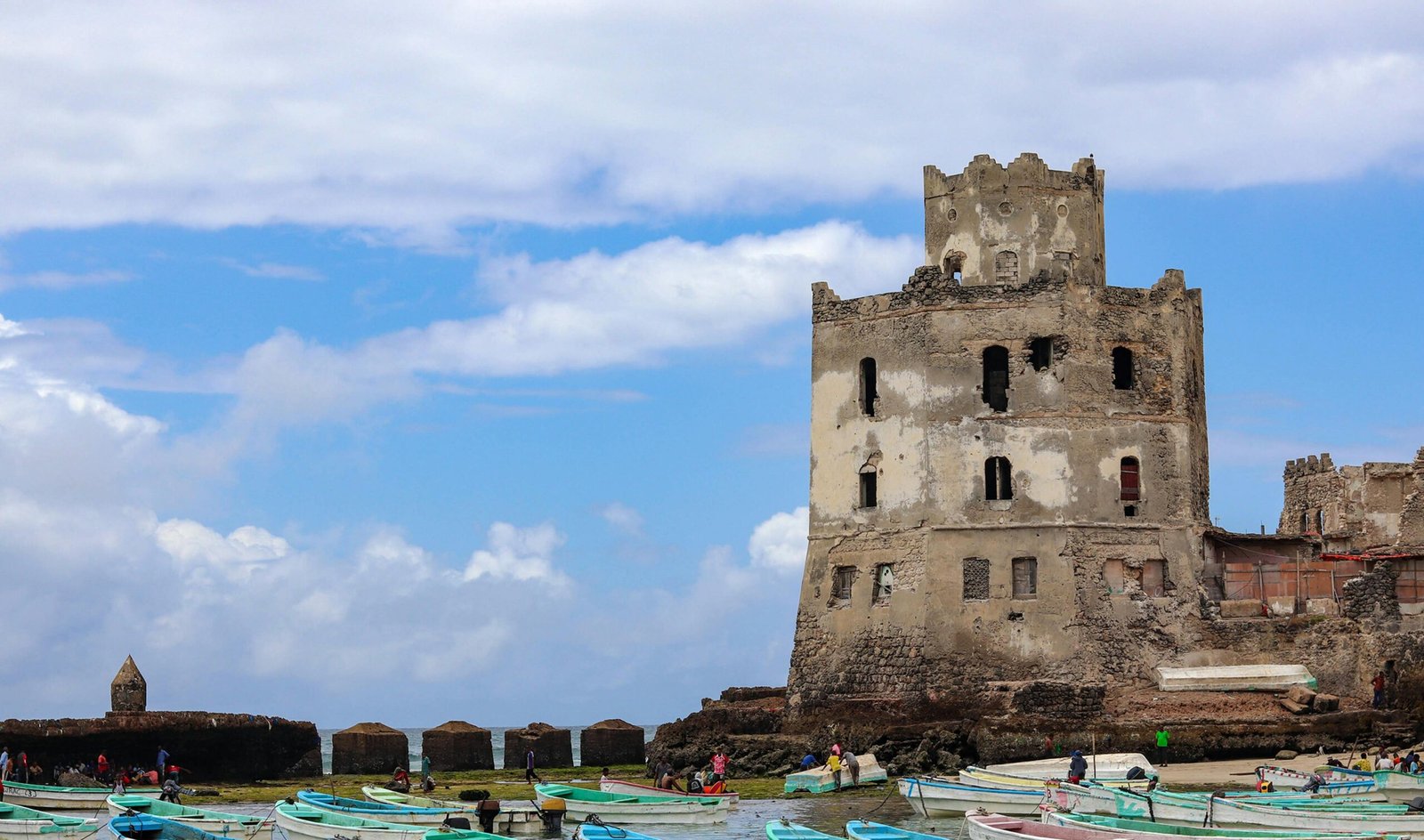
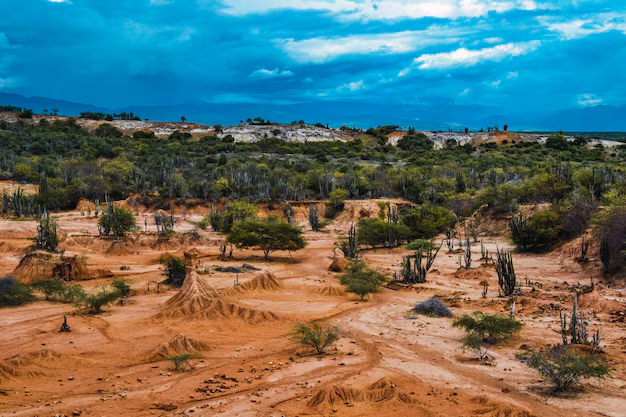

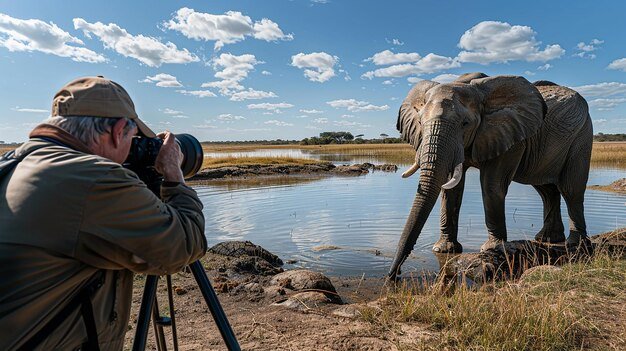




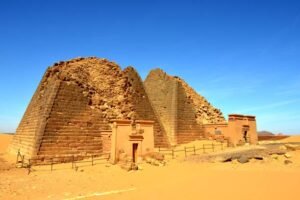




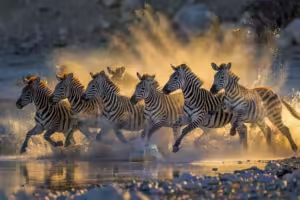
Publicar comentário